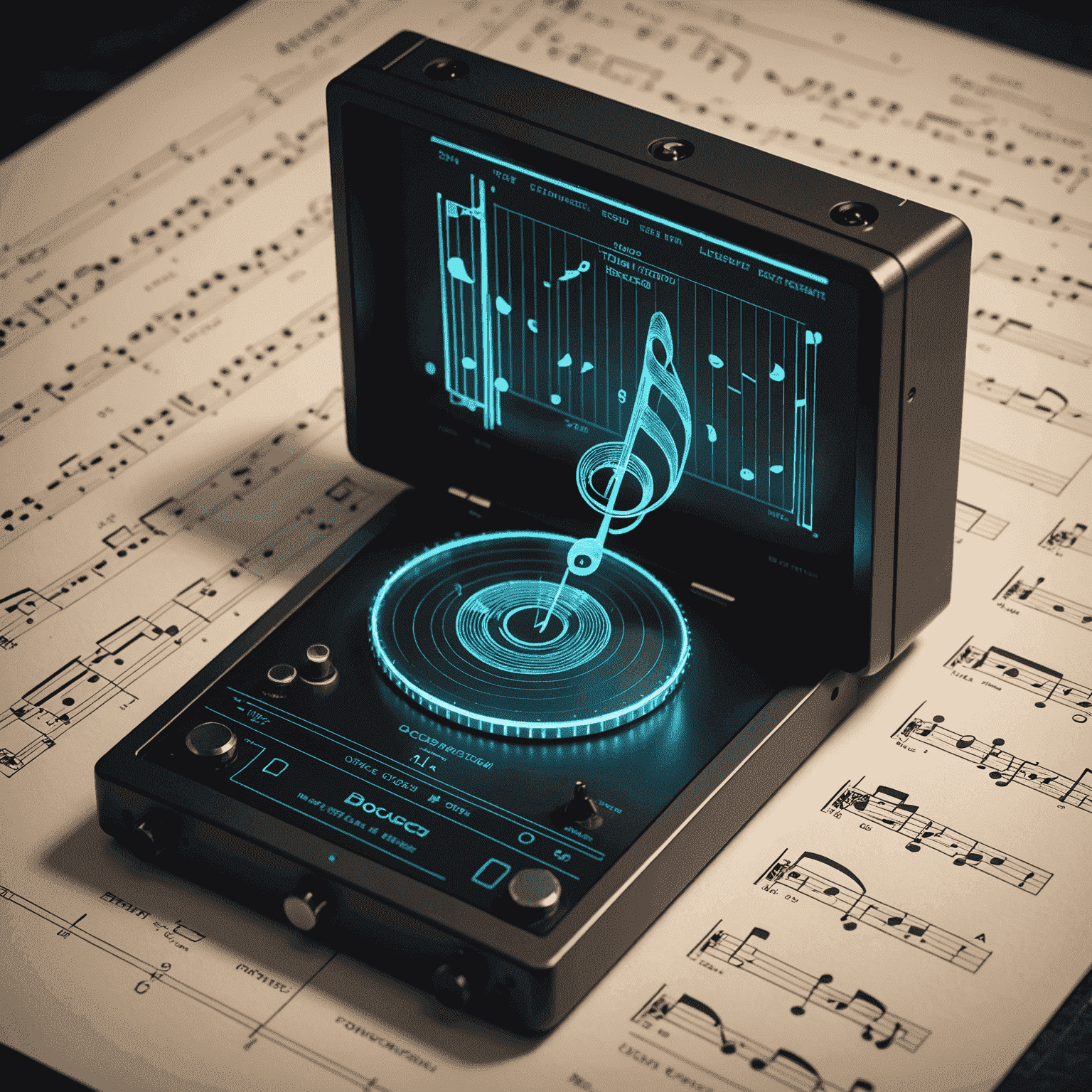Professional Insights: Woodwind Pitching
The Evolution of Woodwind Tuning
In the ever-evolving world of music, woodwind players are embracing smart tools for tuning with open arms. We've interviewed several professional musicians and educators to share their experiences and advice on using modern technology to refine their pitch.

Sarah Thompson - Principal Flutist, Toronto Symphony Orchestra
"Smart tuning tools have revolutionized my practice routine," says Sarah. "The precision and immediate feedback they provide have significantly improved my intonation awareness. I particularly love how some apps can analyze complex passages and highlight trouble spots."
"These tools don't replace a good ear, but they certainly sharpen it. They're especially helpful for students developing their sense of pitch."
Dr. Michael Chen - Clarinet Professor, Royal Conservatory of Music
Dr. Chen emphasizes the importance of integrating technology into woodwind education. "Smart tuning tools provide objective data that can be incredibly enlightening for students. They help visualize concepts that were previously abstract."

He adds, "However, it's crucial to teach students how to interpret this data and not become overly reliant on visual cues. The goal is to internalize good intonation."
Emily Winters - Professional Saxophonist and Jazz Educator
Emily brings a unique perspective from the jazz world. "In jazz, pitch is often manipulated for expressive purposes. Smart tuning tools have helped me refine my control over these subtle variations."
"I use these tools to practice playing intentionally sharp or flat, which is crucial for certain jazz styles. It's all about having precise control over your pitch."
Tips for Integrating Smart Tuning Tools
- Start with traditional tuning methods and use smart tools to supplement, not replace them.
- Experiment with different apps and devices to find what works optimal for your instrument and playing style.
- Use the analytical features to identify patterns in your intonation tendencies.
- Practice with and without the tools to ensure you're developing your ear alongside the technology.
- Explore ensemble tuning features for group practice sessions.
The Future of Woodwind Tuning
As technology continues to advance, we can expect even more sophisticated tools for woodwind tuning. From AI-powered analysis to augmented reality interfaces, the future looks bright for musicians seeking to refine their pitch.

While these smart tools are invaluable aids, our experts unanimously agree: they should enhance, not replace, the fundamental skill of listening. The ultimate goal remains the same – to create beautiful, in-tune music that resonates with audiences around the world.